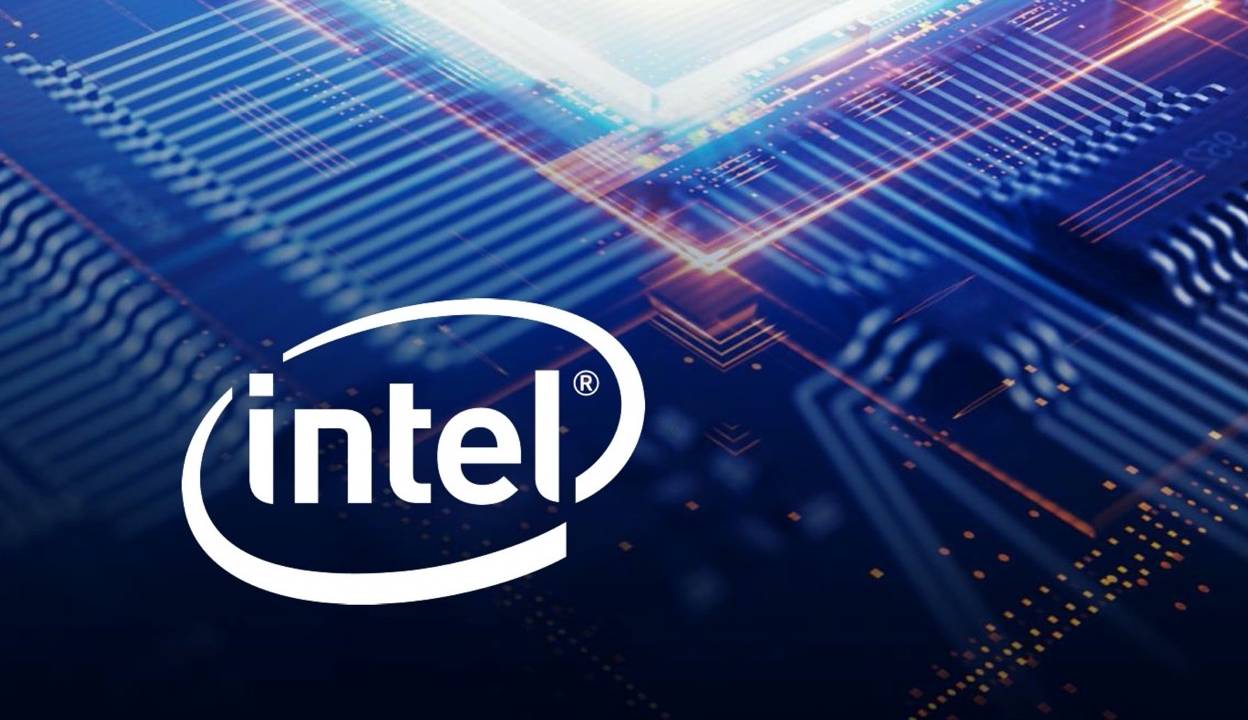Intel Discloses $7 Billion Operating Loss For Chip-Making Unit
Intel, opens new tab on Tuesday disclosed deepening operating losses for its foundry business, a blow to the chipmaker as it tries to regain a technology lead it lost in recent years to Taiwan Semiconductor Manufacturing (2330.TW), opens new tab.
Intel said the manufacturing unit had $7 billion in operating losses for 2023, a steeper loss than the $5.2 billion in operating losses the year before. The unit had revenue of $18.9 billion for 2023, down 31% from $27.49 billion the year before.
Intel shares were down 4.3% after the documents were filed with the U.S. Securities and Exchange Commission (SEC).
During a presentation for investors, Chief Executive Pat Gelsinger said 2024 would be the year of worst operating losses for the company’s chipmaking business and that it expects to break even on an operating basis by about 2027.
Gelsinger said the foundry business was weighed down by bad decisions, including one year ago against using extreme ultraviolet (EUV) machines from Dutch firm ASML (ASML.AS), opens new tab. While those machines can cost more than $150 million, they are more cost-effective than earlier chip making tools.
Partially as a result of the missteps, Intel has outsourced about 30% of the total number of wafers to external contract manufacturers such as TSMC, Gelsinger said. It aims to bring that number down to roughly 20%.
Intel has now switched over to using EUV tools, which will cover more and more production needs as older machines are phased out.
“In the post EUV era, we see that we’re very competitive now on price, performance (and) back to leadership,” Gelsinger said. “And in the pre-EUV era we carried a lot of costs and (were) uncompetitive.”
Intel plans to spend $100 billion on building or expanding chip factories in four U.S. states. Its business turnaround plan depends on persuading outside companies to use its manufacturing services.
As part of that plan, Intel told investors it would start reporting the results of its manufacturing operations as a standalone unit. The company has been investing heavily to catch up to its primary chipmaking rivals, TSMC and Samsung Electronics Co Ltd


